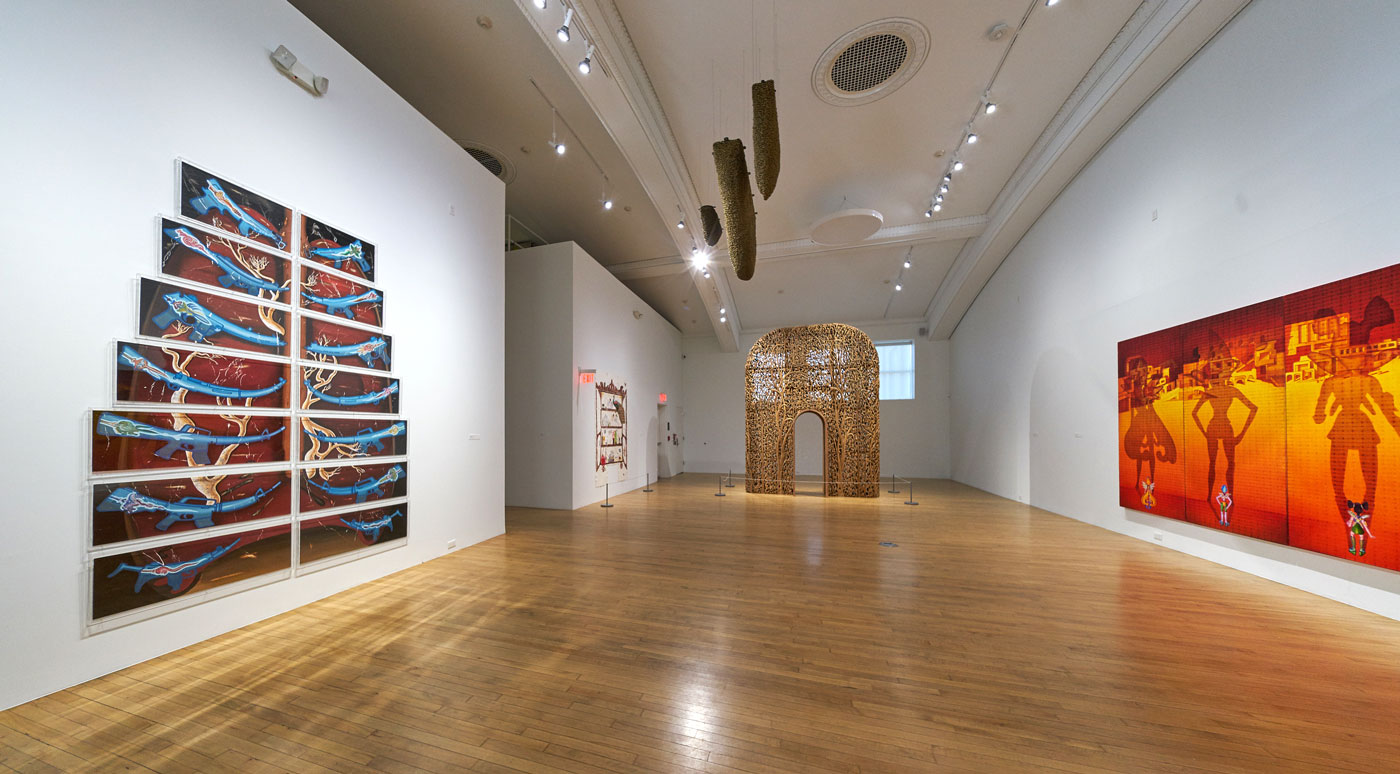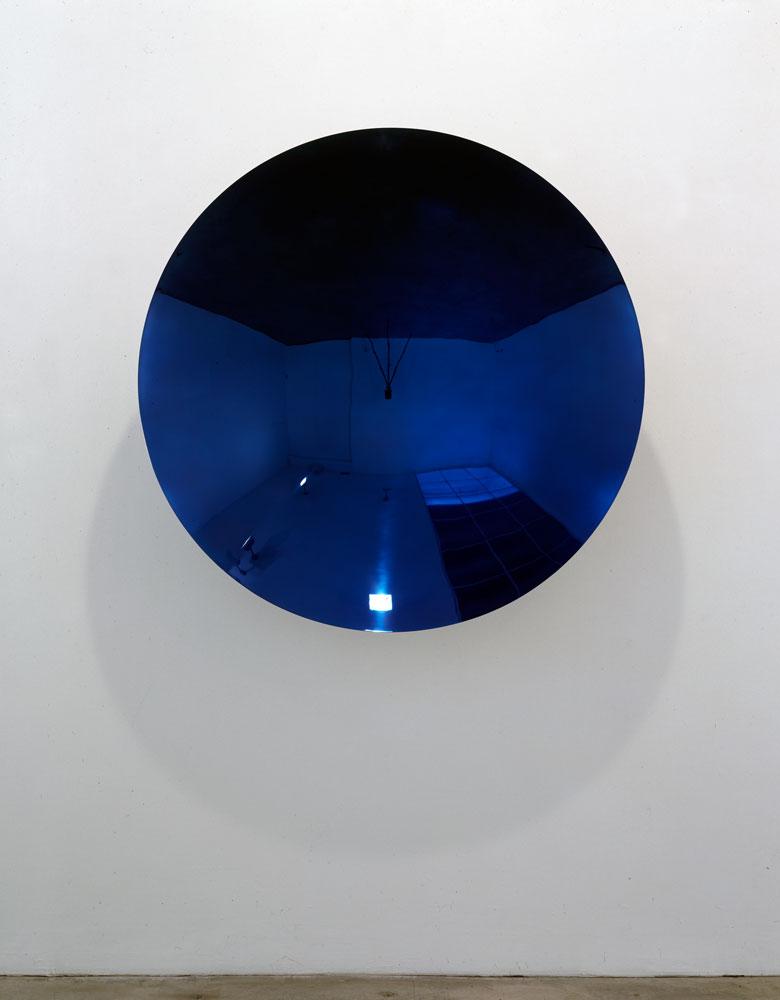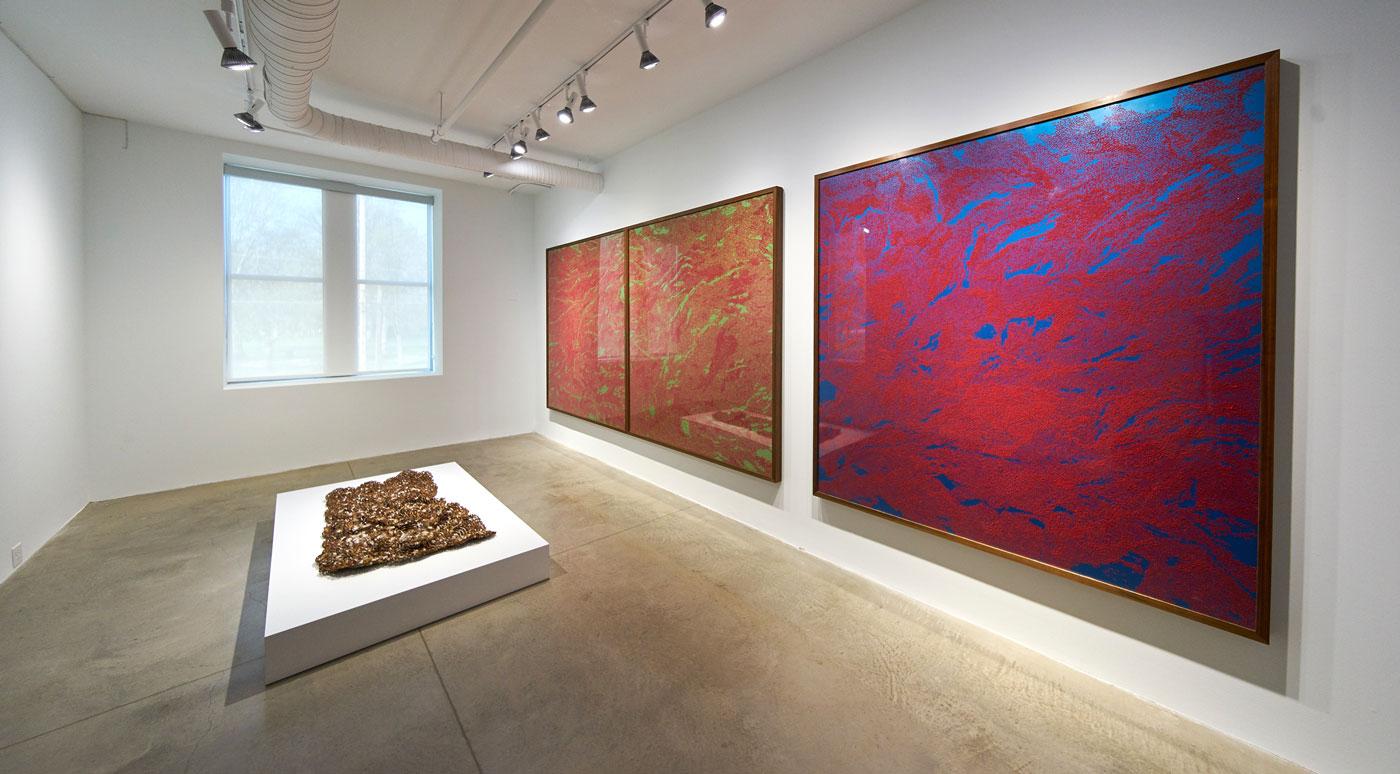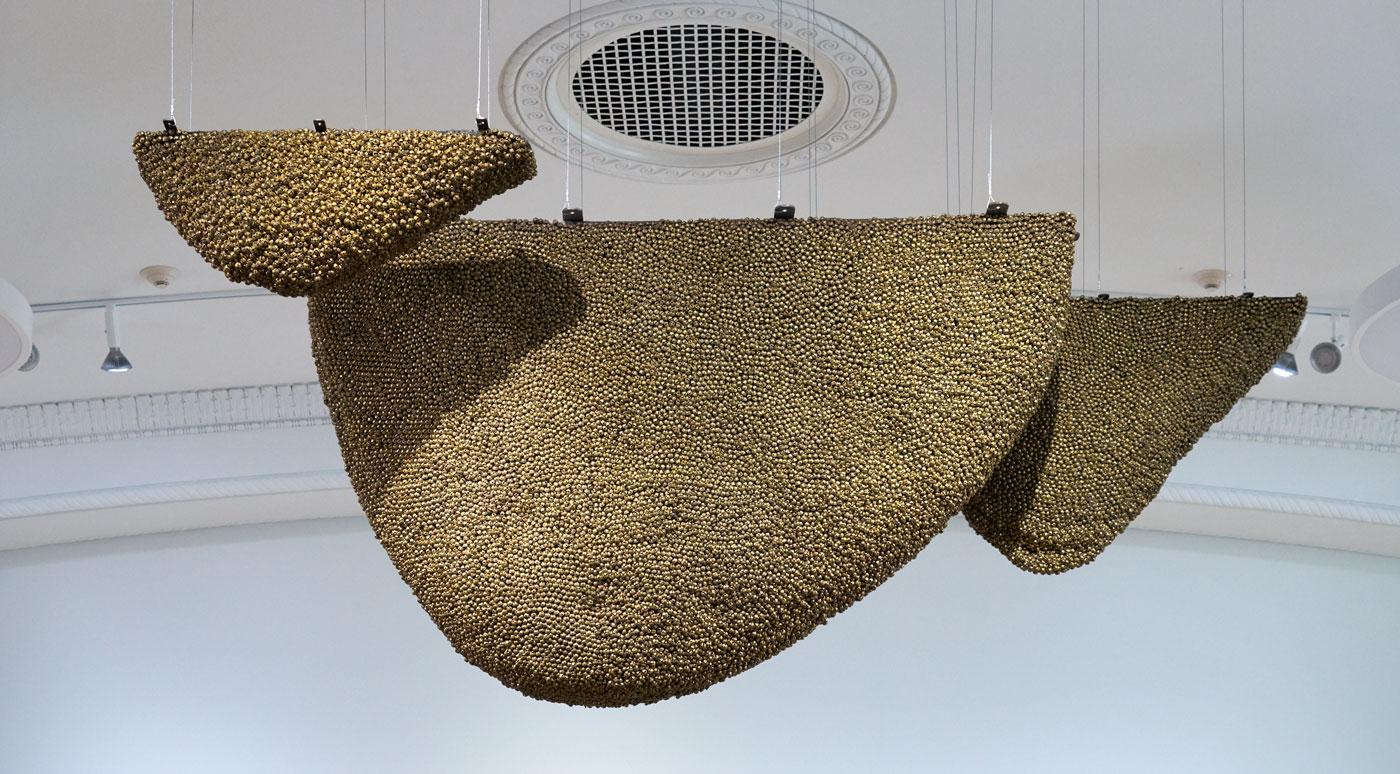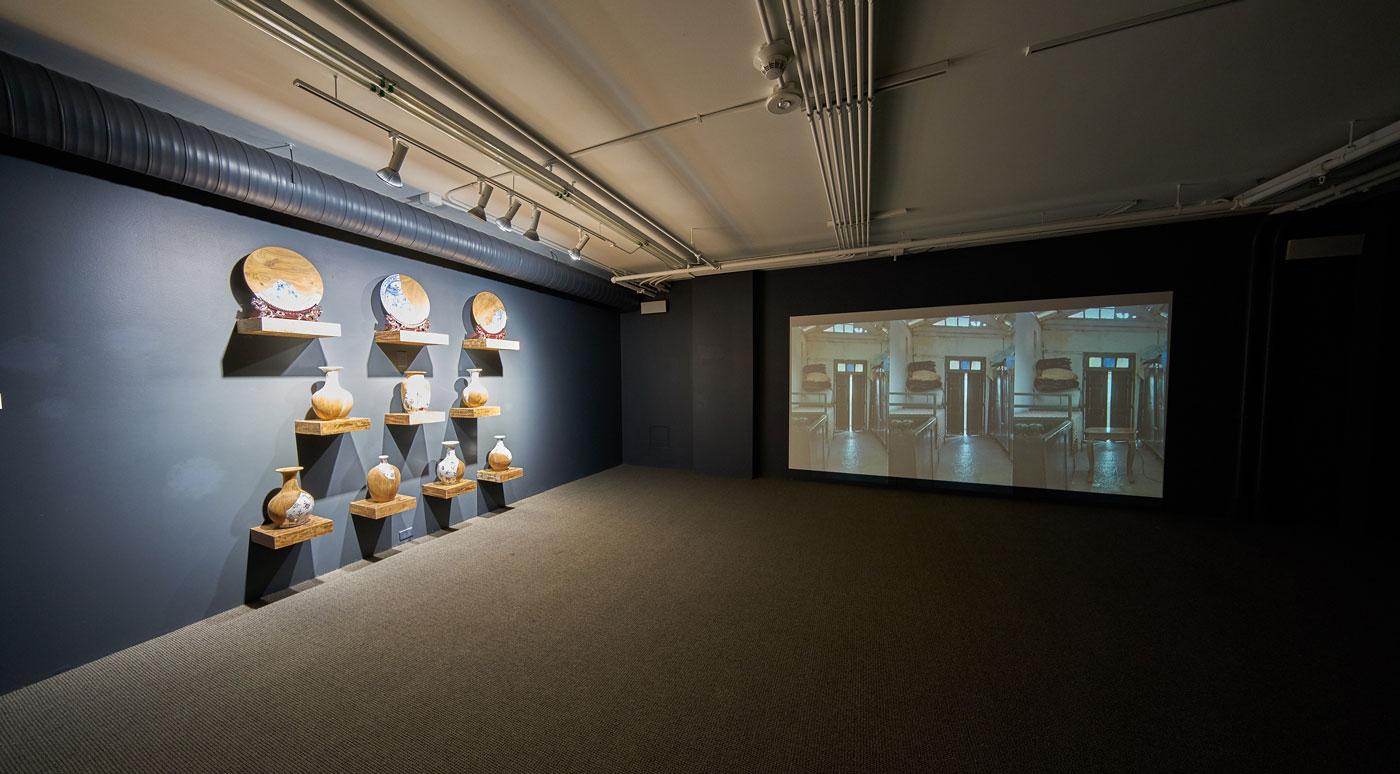Running concurrently with the exhibit was The Progressive Master, a survey of the work of Francis Newton Souza, an artist and founder of The Progressive Artists’ Group, a collective which, following India’s independence in 1947, sought to bring art into the modern world by confronting environmental, gender, and political issues. The thirty works on display in The Progressive Master are drawn entirely from the collection of Columbus engineering consultant Vikram Rajadhyaksha. Although The Progressive Master displayed earlier works than the Visions of India exhibit (from the 1940s to the 1990s), Pagano says it was not a deliberate effort to show the progression of contemporary Indian art from its beginnings to modern times. Nor, she says, was either exhibit meant to stand as a comprehensive survey of Indian art. Visions of India reflects only the taste of its collectors, but considering the breadth and diversity of the collection, it’s a good place to start.
A visitor who is short on time could pick and choose his or her way through both exhibits and not be disappointed, but Pagano recommended some highlights.
An Untitled piece by Subodh Gupta, referred to as “The Sushi Belt,” is one of her recommendations. In this work, a 23-foot-long motorized sushi restaurant conveyor belt is “stacked to the brim” with copper and tin tiffin boxes—the traditional lunchbox of India—forming precariously tall towers in a sort of abstract cityscape. When the belt is set into motion, the towers sway in a hypnotic, dizzying fashion. “The piece connects to all of us through culinary and historical aspects,” says Pagano. “Food, once served on old dinner plates, now moves onto shiny new plates. That they are conveyed on the belt shows a move forward to modern, more industrial times, and the parade of plates may also offer a subtle reference to India’s resistance marchers.”
For All That We Lose by Sudarshan Shetty was another highlight—a twelve-foot-tall hollow structure resembling an elaborately carved gateway. The piece is made of reclaimed teakwood, often all that’s left of India’s historic buildings as the country races to build new ones. Two small archways form a passage through the piece, while above, a sword swings slowly overhead, like a pendulum, adding an element of risk to the immediate impression of beauty, or maybe representing India’s past, slipping away.
Another work by Shetty, Untitled, resembles a woven rug but is actually an intricately carved piece of wood. “The piece, like many in the collection, invites you to look closer,” says Pagano.




